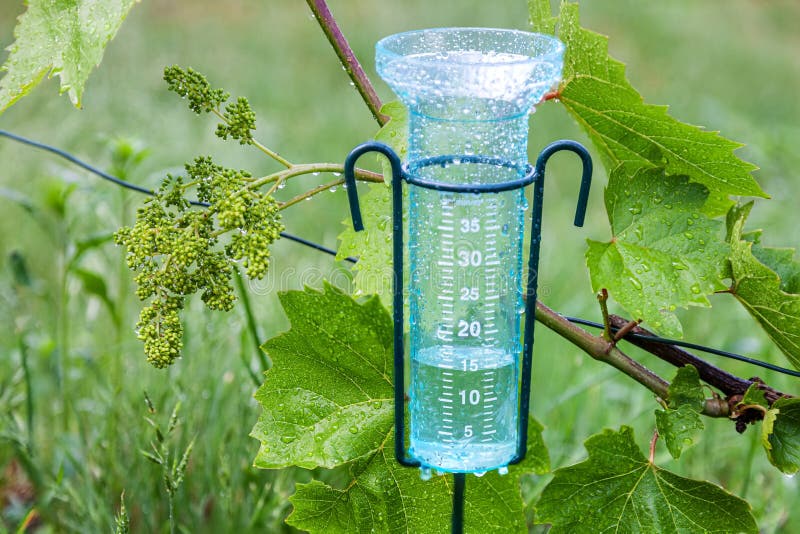Discover the very best Rain Gauge for Accurate Weather Measurement and Forecasting
Discover the very best Rain Gauge for Accurate Weather Measurement and Forecasting
Blog Article
Revealing the Science Behind Rain Determines: Just How These Devices Play a Vital Duty in Environment Study and Environmental Tracking
Rain determines, relatively basic gadgets, hold an extensive relevance in the world of climate study and ecological tracking. These plain tools quietly collect one of nature's most essential elements-- rains. Yet, behind their unpretentious facade lies a complicated scientific research that is indispensable for recognizing the characteristics of our atmosphere. As we peel back the layers of this clinical veil surrounding rainfall evaluates, we reveal a globe where precision, data accuracy, and thorough observation assemble to reveal a deeper understanding of our transforming environment and its influence on the earth.
Value of Rainfall Scales
Rain determines play an essential function in surveillance and determining rainfall degrees, supplying important information for environment study and analysis. These gadgets are fundamental in measuring the quantity of rainfall that happens in a certain area over a particular duration. By gauging and gathering rainwater, rainfall assesses offer beneficial understandings right into the distribution and strength of rainfall, aiding meteorologists, hydrologists, and climatologists in understanding weather condition patterns and trends.
In addition, lasting information accumulated from rainfall determines helps in examining environment modification influences and patterns, adding dramatically to scientific study and decision-making processes. In essence, rainfall assesses serve as important tools in the area of meteorology and ecological science, playing a vital duty in advancing our understanding of weather condition and climate characteristics.
Types of Rainfall Scales

Functionality and Operation
In the realm of climate research and atmospheric research studies, the efficiency of rainfall assesses lies in their detailed capability and accurate operational mechanisms. Rainfall evaluates are designed to accurately gauge the quantity of precipitation that falls over a particular area during a set period.
The performance of rainfall gauges is based on the principle of measuring and collecting rain in a standardized manner. This accumulated data is critical for recognizing local climate patterns, tracking lasting environment fads, and assessing ecological influences. To ensure exact dimensions, rain evaluates requirement to be strategically placed in open locations far from blockages such as buildings or trees that could conflict with the collection process.
The operational facet of rain gauges includes routine upkeep to stop particles build-up, calibration checks to preserve dimension precision, and information videotaping for analysis (rain gauge). In general, the capability and operation of rainfall assesses are essential for collecting dependable precipitation information vital to environment research study and ecological surveillance
Role in Environment Study
Given the link essential relevance of exact rainfall measurements in recognizing weather condition patterns and environmental effects, the role of rainfall gauges in environment study is crucial. Rainfall evaluates supply necessary information for climate research by evaluating the amount of precipitation that tips over a certain area during a provided duration. This data is critical for checking long-term trends in precipitation patterns, assessing the effect of climate adjustment on rainfall circulation, and enhancing climate models.

Climate researchers make use of information accumulated from rainfall gauges to assess variations in rainfall degrees, identify local climate trends, and review the efficiency of water source administration approaches. By comparing historic rainfall information with existing dimensions, scientists can discover changes in rainfall patterns, such as adjustments in the regularity or intensity of rainfall occasions. This info is essential for recognizing just how environment modification is influencing precipitation characteristics and can assist policymakers make informed choices concerning adjustment and reduction techniques.
Applications in Environmental Monitoring

In flood forecasting, rain scale data aids to track rainfall intensity and circulation, allowing authorities to issue timely warnings and take required actions to reduce flood threats (rain gauge). Drought surveillance counts on rain scale information to evaluate moisture degrees in the dirt and track precipitation deficiencies, assisting in the recognition of drought-prone locations and the execution of drought action approaches
Moreover, rainfall scale data plays an essential role in next page water resource administration by supplying information on water availability and usage fads. Furthermore, in agriculture, rain scale data helps farmers in optimizing watering schedules, plant selection, and overall farm monitoring practices based on local precipitation patterns.
Conclusion
Finally, rain assesses are crucial devices for measuring rainfall, providing important data for environment study and ecological tracking. With different types and functionalities, rainfall gauges play an important duty in recognizing rainfall patterns and their influence on the atmosphere. By properly gauging rainfall, these tools contribute to the improvement of scientific expertise and help in making read here informed decisions pertaining to water source administration and disaster preparedness.
Rain gauges play a crucial role in monitoring and measuring precipitation degrees, offering necessary information for climate research study and analysis. The typical rain gauge, understood as the "tipping container" scale, is one of the most generally utilized devices. Ultrasonic rainfall evaluates use audio waves to identify the visibility of rainfall, offering real-time data on precipitation levels.Environment researchers utilize information gathered from rainfall evaluates to analyze variations in precipitation levels, identify regional environment fads, and evaluate the efficiency of water resource management methods.In final thought, rain assesses are important tools for determining precipitation, giving valuable information for climate study and ecological tracking.
Report this page